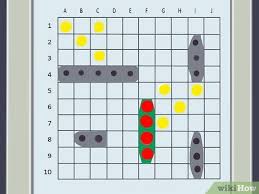Chat GPT — Planning for the Right Target

A Battle for Process Over Product in the Age of Chatbots
For Christmas, we tried to pare things down. Our kids each got to request one gift from Santa and we supplemented with a board game — for my son, an 8yo strategist, chess player, and self-proclaimed gamer (which is really just for an hour on Saturday and Sunday afternoons), we purchased an automated version of Battleship, where you can select a programmed layout, plug in your pieces, and immerse yourself into the sounds of sea combat.
For our first game, we decided to play as a family (2 v 2) and skip reading the instructions for manually inputting a layout; we selected a predetermined one, planted our battleships on the grid and pressed “go.”
As torpedos whizzed through the air, and we waited on baited breath to hear whether a ship had been hit…I realized something was missing.
We were so focused on the distorted crackling coming through the cheap plastic speaker that the grid itself became obsolete. Our spatial and numeric processing skills became irrelevant in this new “advanced” version of the game.
I made a similar, perhaps more troubling, observation when my son asked me to watch the dexterity and speed with which he popped balloons to level-up in an online French reading program (the instructions were to pop the balloons with the corresponding letter sound). Popping many balloons worked just as well as popping the right ones. And I thought about how technology, even that which is designed to support learning, can have a dangerously adverse effect.
Automation, in these instances, tended to “make things easier” by removing the thinking or the procedural steps required for an outcome. Product took centre stage while process faded into the background.
OpenAI’s ChatGPT seems to be following a similar trajectory. The platform creates human-like responses to prompts in seconds. It can do almost anything — write a paragraph in the voice of a fifth grader, create decodable texts based on a specific phonics scope and sequence, generate lessons, create dual language texts, provide feedback on student work using a specific rubric.
The responses are not always accurate and vary from time to time, but the system learns through feedback; it is iterative and responsive.
I think about Battleship, and my son’s ability to manipulate the results of his online reading program by bypassing “the thinking” for dexterity and speed, and I wonder whether ChatGPT will allow students and teachers to do the same — to bypass the process for product.
What will this new technology mean for education? Will it eliminate the painstaking yet crucial reflective process that often accompanies learning and teaching?
Some teachers have been using it to do the opposite, to be more reflective in their practice to scaffold learning and create more equitable access to education.
In the January 13th episode of the NYT’s Hard Fork, Cherie Shields, an English teacher from Oregon, shares her excitement about ChatGPT to support students with writing process.
I learned about it on a Friday and began using it on a Monday. I thought, this is going to be amazing (Jan 13, 2023).
The trick, she says, is to use it strategically and in “short controlled bursts” going back and forth between ChatGPT and pen-to-paper to avoid plagiarism.
When we do preliminary work for [an] essay, we do a lot of stuff through discussion, we think, pair, share, through writing short responses by hand turning them in and throwing them out to the class for further discussion [and then] Chat[GPT] will put out what we’ve already been talking about. It’s not giving them anything new but maybe organizing it in a way that they may go, ‘Oh, I understand…this is a compare and contrast’… [It] can give them an outline that will help them with the organizational structure (Jan 13, 2023).
Shields contends that the focus on the process of writing can be maintained through limited and intentional engagement with the tool.
Similar to Shields, a teacher on Tiktok (Gibson is the name), shares a similar perspective.
“As of now, I…am [still] standing on the hill. I truly believe we should use these AI bots specifically for writing, as a tool, just like calculators in math, rather than something that kids see as a cheater way out” (TikTok post, Jan. 9, 2023).
Her process includes asking students to read a novel and come to class prepared with their knowledge. Students then create an outline in-class, and provide it by the end of class. She plugs it into ChatGPT. She prints out the AI-generated essays and provides them to students in class the next day to analyze. This use of the tool in this way supports students to hone their analytic skills and deepen their knowledge of structure.
Kevin Roose and Casey Newton, HardFork hosts, also discuss the potential use of ChatGPT as a personalized tutor. This might be especially helpful for students who need repeated and differentiated entry points to content and who find themselves in large destreamed classes and for Multilingual Learners (HardFork, Dec. 9, 2022)
One of the most powerful things that I’ve found [that it can do] is actually teaching. [It can] explain complicated concepts in multiple levels of difficulty… I was trying to figure out…something I…never really fully understand…and its pretty technical…but I just asked ChatGPT… ‘Explain an attention mechanism to me at a high school reading level’…There were some parts that I still didn’t understand and I went back and said, ‘Can you explain this piece and make it a bit simpler,’ and it did it! (Hard Fork, Dec. 9, 2022).
ChatGPT’s ability to ‘remember’ previous inputs and build upon responses makes it highly effective as a personalized tutor.
Tiffany Peltier, a Lead Learning and Delivery Specialist with NWEA, shares possibilities for this technology for scaffolding the research process. In a recent tweet, she shared these research tips for elementary teachers:
Ask ChatGPT for a specific category, such as ‘Tell me about the size of Jupiter.’ Include ‘in words a fourth grader would understand’, or ‘…in Lexile 500’ to make it readable for a student. Ask it to compare it to something known, like Earth! (January 15, 2023 tweet).
ChatGPT plus strategic prompting formulas, such as Peltier’s category, lexile level, comparison, could be a game changer for students who struggle to navigate the research process or access knowledge at a level they can understand.
She notes that ChatGPT can also create custom texts so teachers can collaborate on cross-curricular content. Cross-curricular texts provide students with multiple exposures to vocabulary, concepts, and content. This wrap-around approach is incredibly effective in supporting understanding and promoting student success.
“Ask it to include your weekly vocab words into a text on what you are learning about in social studies or science!”, suggests Peltier (Tweet, January 14th, 2023).
It’s New Year’s day, and despite my reluctance, we are back at it, 2 v 2, ready for another epic naval combat.
We choose the preselected layout, but I ask the kids to plug in the boats — they have to follow layout on the grid. My daughter points at the grid and whispers to me “Is this A4?” I nod and she plugs the destroyer onto the grid, ready to play.
My son launches the first torpedo, and we lean in to hear whether is is a “hit or miss,” but the speaker is such poor quality that the sound is beyond distorted.
“Can you repeat the location target?” I ask my 8yo son sitting opposite us.
The x-axis is organized in columns and labelled from A-J; the y-axis is organized by rows from 1–10.
He counts 5 over and 7 down, and confirms it is Echo 7.
I turn to my daughter, “What do you think ‘echo’ means? Where might you find ‘echo’ on the board?”
She looks at down at the grid.
“ĕ/ĕ/ĕ is for echo,” she says, and she runs her finger along the x-axis to find the letter E.
To be sure, ChatGPT is transformational technology. But similar to technologies of the past (the printing press, the internet, the smart phone), it presents opportunities to provide greater access to communication. How we choose to use it (whether intentionally or not) will determine its impact on education. We just need to plan for the right target.
Alexandra Woods, Literacy Instructional Coach, 9-12, OCDSB The thoughts in the post are my own and do not reflect the opinions of my employer.


Recent Comments